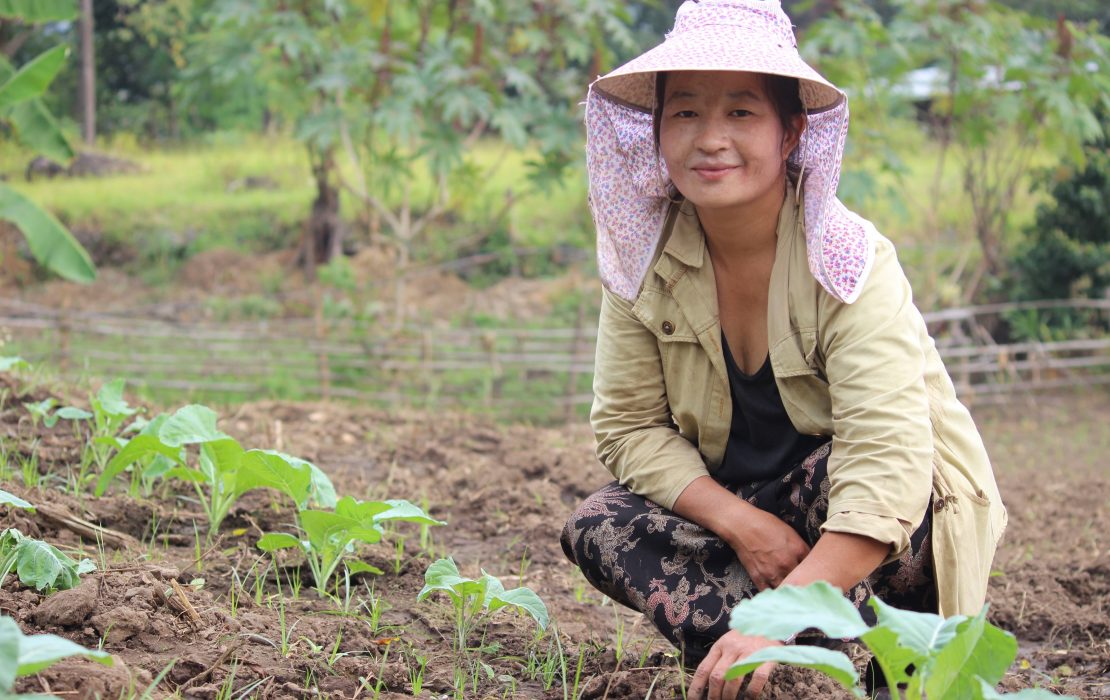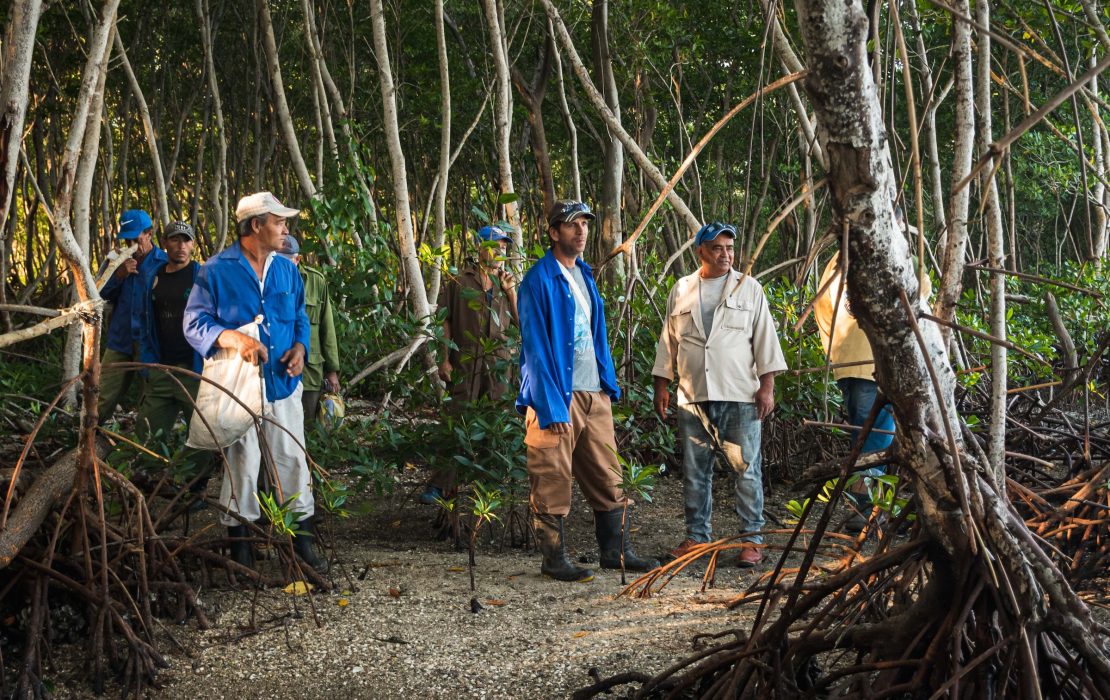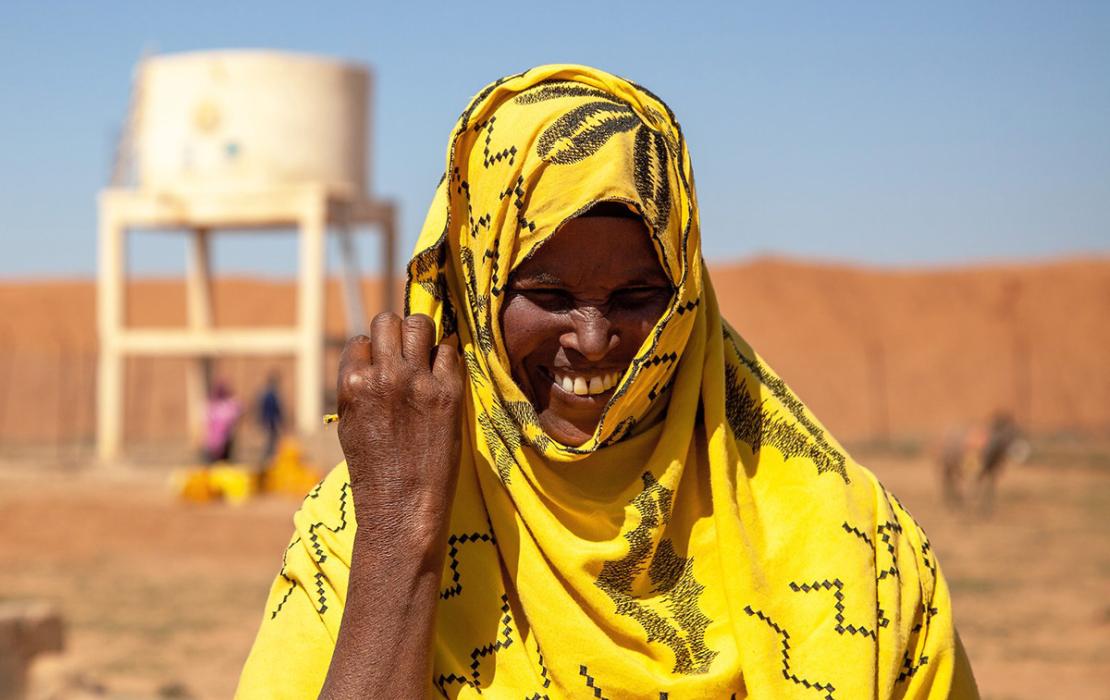0.06%
Share of global GHG emissions
Based on data from Climate Watch (CAIT 2022), developed and maintained by the World Resources Institute. #108
Climate Vulnerability Index ranking
A higher number means a higher vulnerability to climate change. Based on the ND-GAIN Index (2023), developed by the University of Notre Dame. #97
Human Development Index ranking
A lower number means a better human development score. Based on the Human Development Index (2023), developed by UNDP. NDC Status
Cuba submitted its third NDC in February 2025.
Key highlights from the NDC
- Cuba's third NDC demonstrates increased ambition in its mitigation targets.
- Cuba highlights adaptation as its most important priority for the country, aligning adaptation actions to "Tarea Vida" (Cuba's State Plan to Manage Climate Change). Priorities for adaptation include water and food security, reducing the exposure of its population to sea level rise, flooding and drought and the protection of its ecosystems. The NDC makes explicit mention of the country's National Adaptation Plan process that is set to be completed in 2025, thus fostering coherence between both documents.
- The NDC includes a new section for Just Transition to signify the alignment of NDCs within a framework for poverty eradication and sustainable development. In doing so, the NDC recognizes the impact of climate change on youth, children and women and the opportunities that may be provided through green livelihoods. A strong focus on technological transitions is included throughout the NDC.
- Cuba's GHG emissions pose a minimal contribution to global emissions. Despite this, Cuba has pledged a slight increase in mitigation ambition. Recognizing that energy provides its largest source of GHG emissions, Cuba has included an unconditional target of transitioning 26 percent (compared to 24 percent in past NDCs) of its energy generation to renewable energy.



